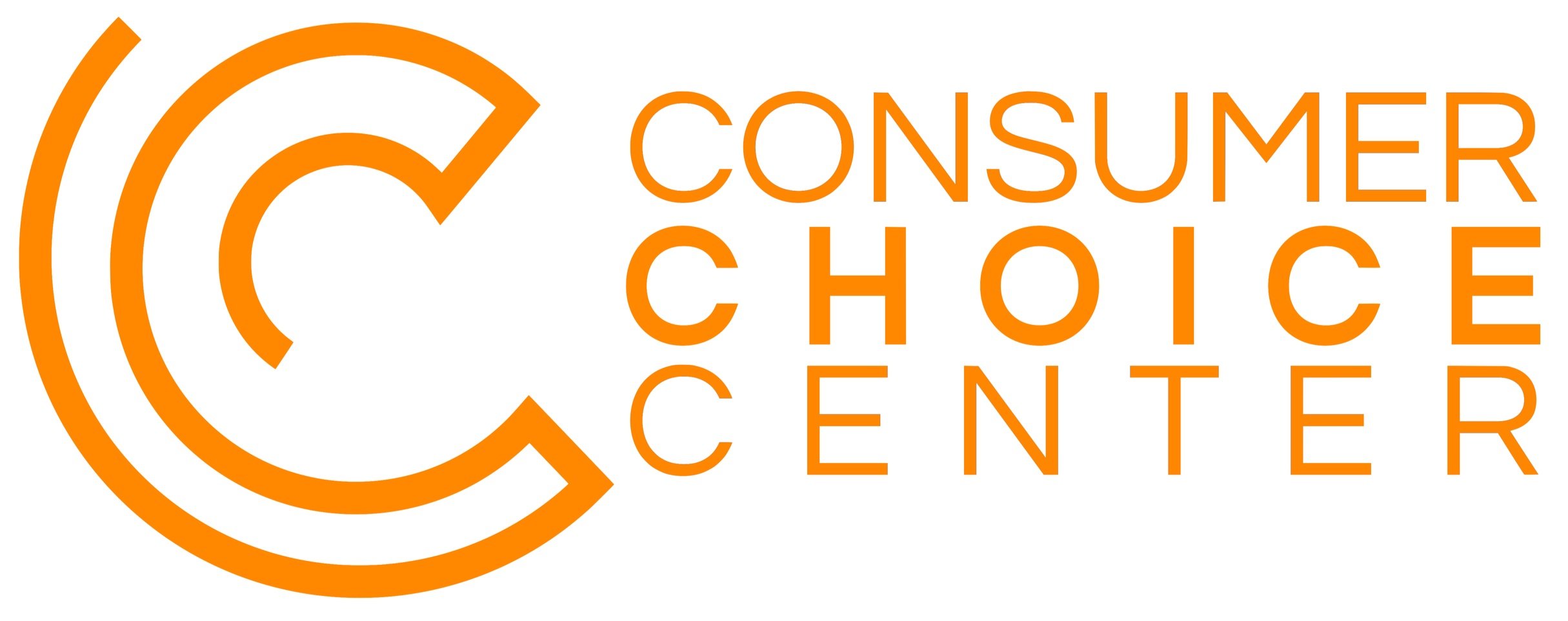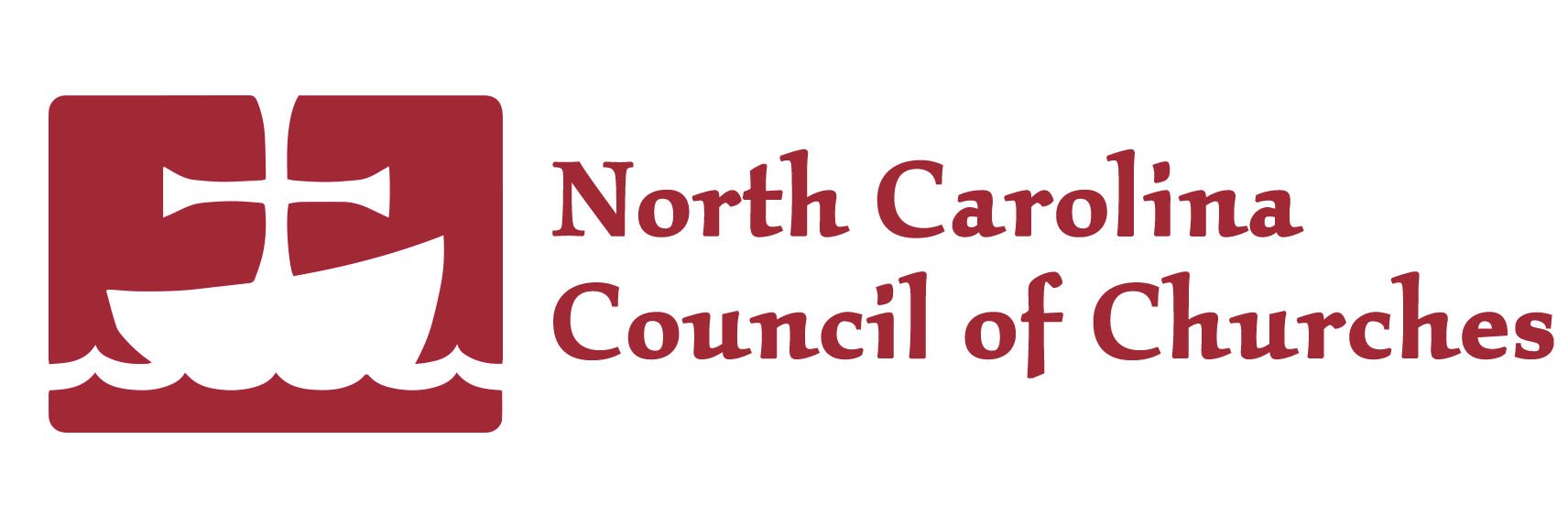Our Members
What we believe
As Safer From Harm members:
We envision a society in which the potential negative consequences of risky behaviors are minimized through humane, effective approaches that promote personal autonomy.
We believe that pragmatic, evidence-based harm reduction policies can have positive impacts across society, from individuals and families to communities and taxpayers.
We have seen deep inequities and negative consequences from punitive, prohibition-based policies. We know there is a better way - not in one issue area, but across myriad public health challenges.
We affirm that government should not impede people’s ability to keep themselves safer from the potential harms of risky behaviors. Harm reduction in public policy can reduce bureaucratic hurdles in care delivery, improve equity in access to lifesaving tools and unlock innovation in new, safer products and markets.
What we offer
Safer From Harm is free to join for any organization with interest in harm reduction in public policy. Members get access to:
Monthly policy and research updates, across harm reduction topics (check out our monthly newsletter archive here)
Policy explainers, mythbusters, talking points and messaging guidance
Invitations to virtual and live events to learn, give input and connect with members, policymakers, experts and practitioners
Opportunities to contribute expertise via guest blogging, events and earned media
Curated opportunities to join sign-on letters and similar external-facing actions
Logo display on our website
The Safer From Harm coalition does not take policy positions or speak on behalf of any individual member.
Our Policy Priorities
-
If safer choices matter, those choices have to be accessible to people of all backgrounds, income levels and geographies. Tax policies should make safer products cheaper than more harmful products, and regulatory policies should avoid pushing people to illicit markets that create even more health and safety risks.
-
Safer, more user-friendly harm reduction tools can drive uptake, allowing more people to benefit from them. Markets must be geared toward harm reduction competition and innovation, from lifesaving drugs like naloxone to safer nicotine products, medicinal cannabis and emerging therapeutics like psychedelics.
-
Smart regulation is an important element of harm reduction in order to minimize illicit markets, help individuals understand what they are consuming and ensure that products are not adulterated with more dangerous substances.
-
Government should not impede people’s ability to protect their own health, including when they engage in risky behaviors. Prohibitions and policies that require abstinence have a long history of failure and increased societal harms and costs.
-
Harm reduction is as an essential pillar alongside prevention and recovery because people will always engage in some risky behaviors. While harm reduction has its own goals and benefits, individuals who engage with harm reduction services and tools are more likely to be linked to treatment programs in their journey to better health. Smart harm reduction policy also ensures that prevention—especially for youth—is an essential part of the public health picture.




















